8 Ways to Increase Your Email Engagement Rates

Email marketing proves just how much you can accomplish with old-school techniques. While email may not be the hottest tech around, it still generates a whopping 4,200% ROI. For B2B sellers especially, email remains the preferred communications channel to reach key decision-makers.
In order to utilize email’s vast potential, marketers have to develop ways to cut through the noise and get their audience to not just click on their emails so they technically count as “read,” but actually engage with the content. Especially now, with the holiday season around the corner, we are inundated with last-minute offers and desperate pleas for sweet deals. To stand out from the pack, marketers must get creative but also keep in mind several email marketing fundamentals that should always be included in a B2B sales strategy.
To keep your clicks turning into conversions, we’ve got a breakdown of the eight most effective ways to boost email engagement rates.
What is email engagement?
Email engagement describes any of the actions your prospect takes to interact with your content in a positive way. Clicking on the email to open it is engagement, and so is taking the time to read it, but the most important kind of engagement is when the prospect follows the call to action in your email and opens a link or takes some other step toward conversion.
Email engagement is essential for B2B because email is often the most effective way to connect with the C-suite executives and other individuals involved in B2B purchasing. Research and knowledge are significant factors in the B2B buying process, and the email format lends itself to detailed information and longer reads. While 59% of B2B marketers find email to be the channel that generates the most revenue, the only way to know if your email campaign is working is to measure engagement rates.
How is email engagement measured?
Choosing which email metrics to focus on depends on the goals of your email campaign.
For example, consider that an email with a brief announcement and a CTA to sign up for further updates is all about getting that form submitted. It hardly matters how long the prospect spends looking at the email. However, a longer newsletter about product development might help move prospects further along their customer journey if they spend time to read it, even if they don’t click on anything in that particular email.
Here are some key metrics that are used to measure email engagement:
- Open Rate: This measures how many people are opening your emails — even if it’s just to glance at it and delete it. As the prerequisite to any further forms of engagement, it’s always worth keeping an eye on this one.
- Click-Through Rate: This metric tracks how many recipients click any of the links in your email after they open it.
- Click Mapping: When you have multiple links within an email, this tracks which ones are getting the most clicks.
- Time Spent on Email: A measurement of how long the recipient keeps the email open (hopefully, this means they’re reading it).
- Website Traffic from Email: Google Analytics and other website tracking tools should be able to tell you how many of your visitors are arriving via your marketing emails.
- Unsubscribe Rate: This may be the saddest metric, but it’s important to know who’s opening your emails and deciding that they are done with you.
8 Ways to Increase Your Email Engagement Rates
1. Segment Your Campaigns

Your prospects work in different fields, hold different job positions, and are at different levels of purchasing readiness. Don’t send them all the same emails. Demographics are the classic segmenting criteria, but you can create excellent results segmenting by where prospects are at in their customer journey. The more specific the segment, the more targeted and relevant your messaging can become. You can even create segments based on hyper-specific criteria like time zones if you’ve got a great campaign idea to back it up.
2. Create Great Subject Lines
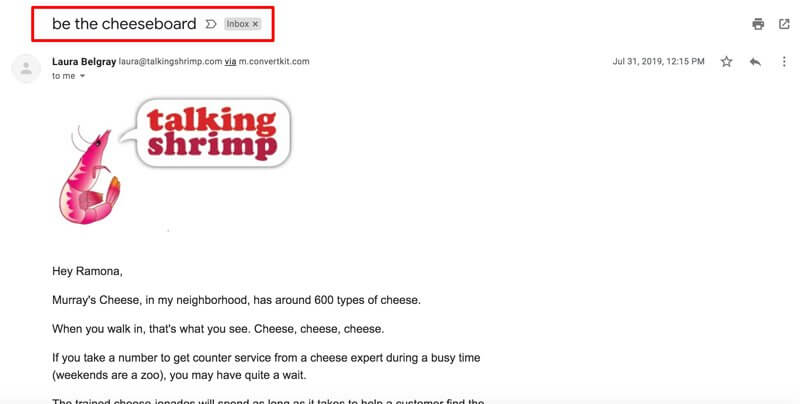
We all grew up with plenty of warnings about not judging a book by its cover, but nobody ever said anything about judging emails by their subject lines. That’s why nearly half of us will decide whether or not to open an email based on the subject alone, so the subject lines for your email marketing campaign need to shine. Create a sense of intrigue or urgency by alluding to a known pain point, asking a question, or teasing some specific information or data — but keep it brief.
3. Your Secret Weapon – the Preheader Text
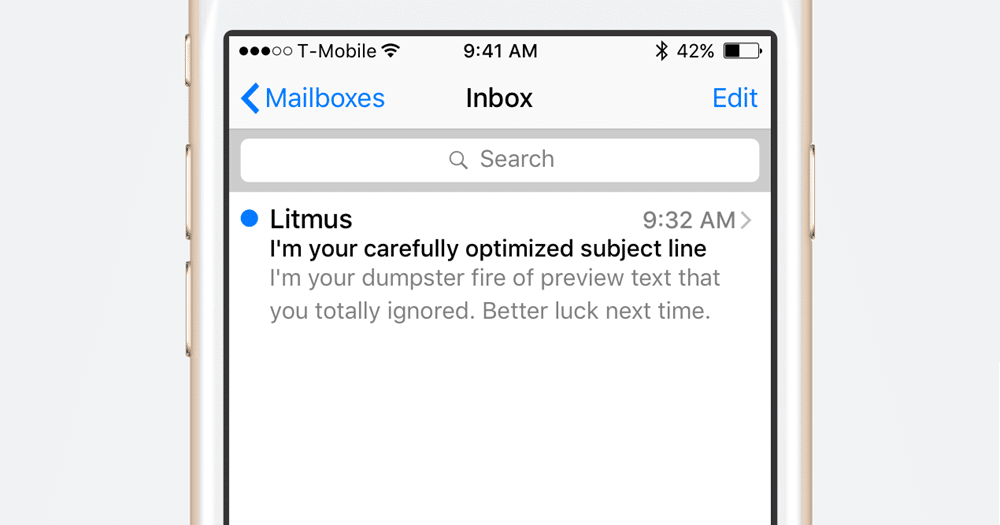
Many email clients display the first line or two of an email’s text under the subject header. This preheader text gives you a second chance to deliver a punchy, captivating message that will persuade the recipient to open the email. The preheader text can be an especially prominent chunk of real estate in mobile email clients, which is where nearly 62% of emails get opened and read. It’s a great place to mention a special offer or CTA — why bury the good stuff at the end of the email?
4. Give Your Email the Personal Touch
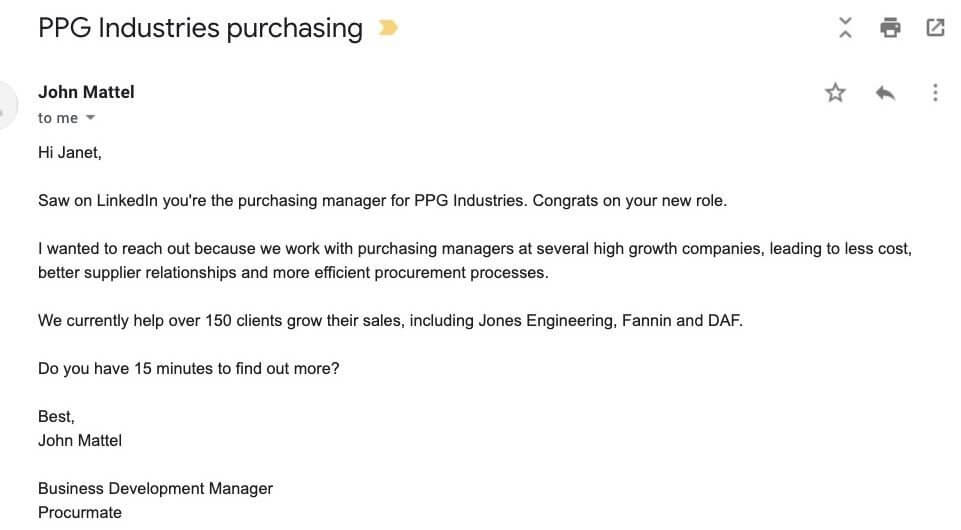
When reaching out to prospects, nothing succeeds quite like the personal touch. In fact, personalized emails have a 50% higher open rate and deliver up to six times as much revenue. Generic emails get dismissed as spam, but we can’t help being curious about anything that looks like it might have been made just for us. Remember that your CRM is an abundant source of data for personalization.
5. A/B Test Your Emails
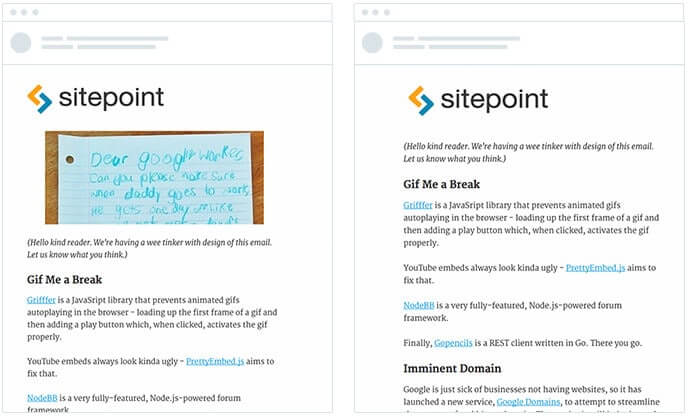
You can (and should) A/B test almost everything in an email, such as the subject line, the body text, the images, the layout, and the CTA. A/B testing to optimize your open rates is a great place to start, because all further engagement flows from that first click.
6. Add Value They Can Use
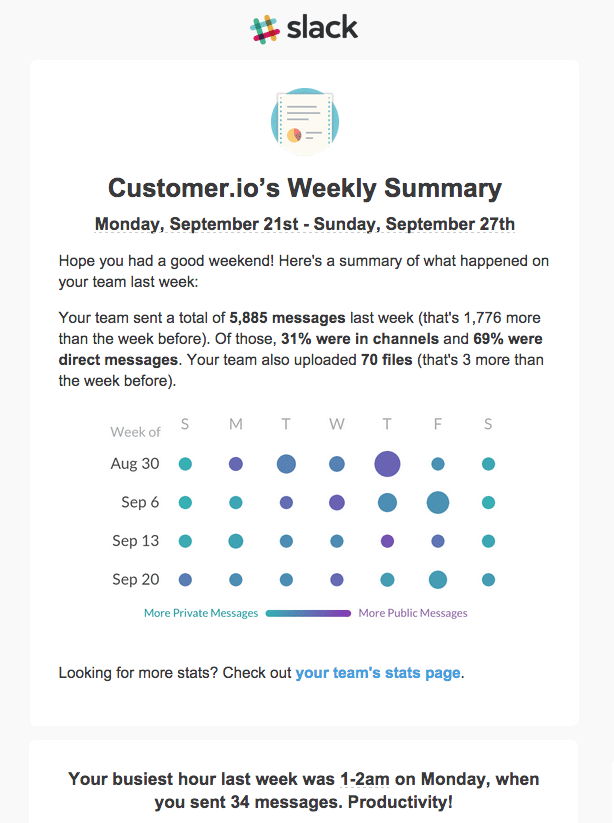
You probably got your leads to sign up for your email list by offering them something of value: a whitepaper, a how-to guide, a product demo. Audiences will click your emails, read them, and even look forward to receiving them if you give them something they want and can benefit from. It can even be something as simple as providing interesting data, a more convenient way to consume your content, or helpful tips that alleviate a common pain point.
7. The Power of Social Proof
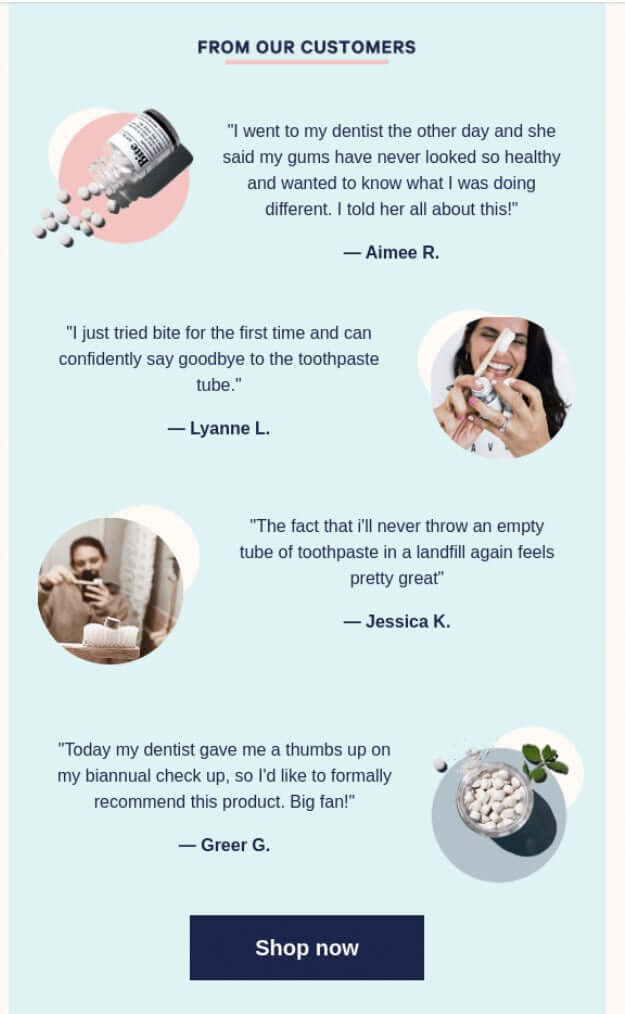
People trust people, not faceless corporate entities. When consumers are trying to decide on a major purchase, they will seek out online reviews from people like themselves seven times out of ten. This trust in the experience of others is what social proof is all about. You can add it to your marketing emails by name-dropping notable clients, including customer testimonials, or providing statistics about how many people are using your products or services.
8. Have a Strong CTA
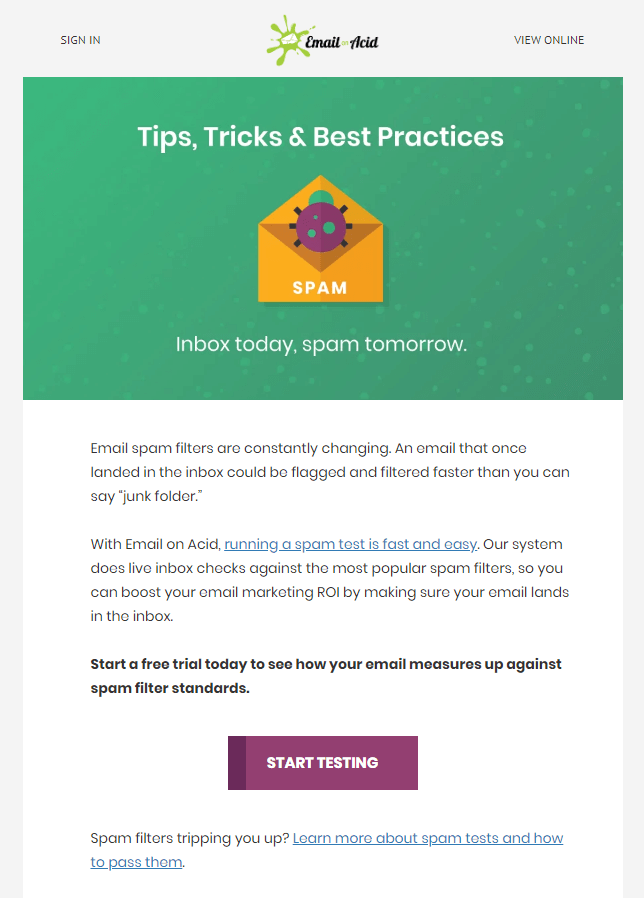
Finally, don’t ever let your recipients read an email and wonder, “What was that all about?” A lot of art and analytics goes into creating effective CTAs, but many marketers forget basic rules like making them highly visible and easy to click. Refer back to tip #5 and always test your CTAs to make sure you’re using the most effective ones. Clear, concise CTAs with strong action verbs usually get the best results.
Email Marketing: True Classics Never Die
Email marketing is widely accessible, easy to do, and dirt cheap — and when you can get it working, the ROI is phenomenal. When you’re dealing with lengthy, knowledge-based sales cycles, as is so often the case in B2B sales, email is frequently the best way to make inroads with key executives and buyers. They require varied, relevant, and sustained outreach over time as they deliberate and progress through their customer journey, and email is perfect for this task.
If you really want to accelerate your sales pipeline, one of the most effective ways to do it is by creating an automated email marketing campaign that is capable of generating substantial levels of engagement. Solutions like Trendemon that create detailed maps of the customer journey can facilitate this by bridging the data assets in your CMS and the messaging platform provided by your marketing automation software.
Increasing your mail marketing engagement is one of the earliest and most effective ways to get leads moving towards conversion. By following the eight tips in this post, you’ll be well on your way to more effective email campaigns and increased ROI.